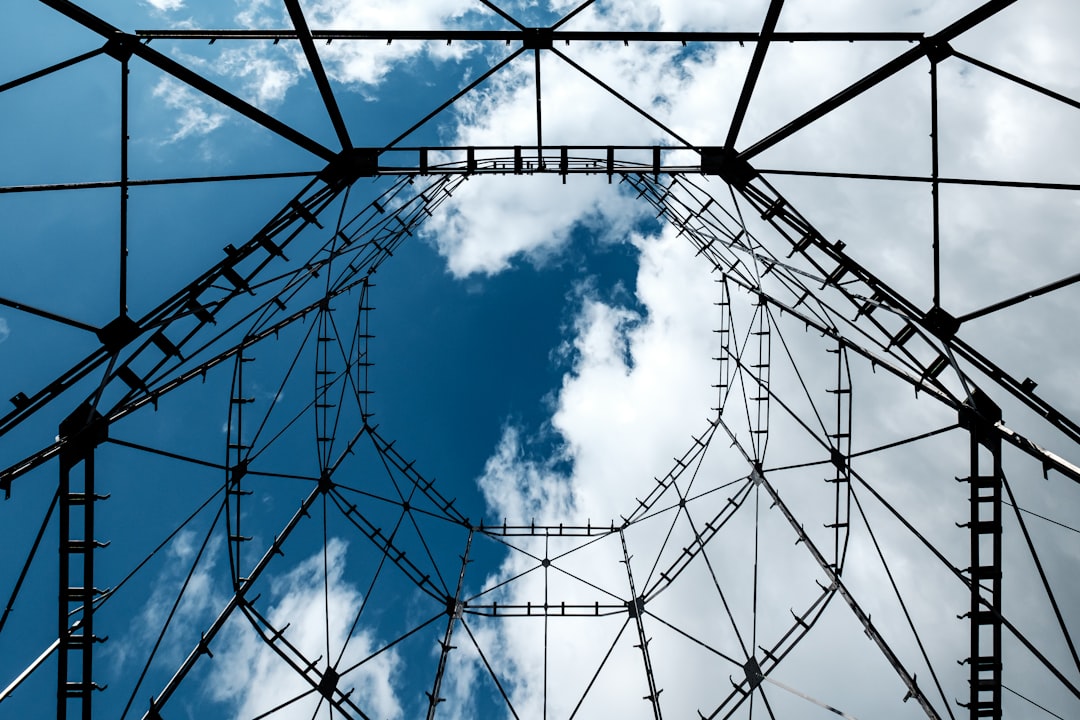In today’s increasingly digital and interconnected world, businesses must plan for the unexpected. Natural disasters, cyberattacks, and infrastructure failures can cripple an organization’s ability to operate — unless suitable preparations are in place. One of the most effective ways to maintain operational continuity during unforeseen events is through managed remote access. This technology enables employees and IT teams to securely connect to enterprise resources from virtually anywhere, ensuring critical business functions continue without interruption.
Managed remote access extends beyond simple remote desktop tools. It is a comprehensive solution managed by professional service providers, offering enhanced security, performance monitoring, and user access controls. By including managed remote access in disaster recovery plans, organizations can reduce downtime, improve resilience, and protect sensitive data during crises.
The Role of Managed Remote Access in Disaster Recovery
Disaster recovery (DR) ensures that key systems and services can be restored promptly after a disruption. Managed remote access reinforces this goal in several crucial ways:
- Continuity of Operations: In the event of a physical disaster, such as a fire or flood that renders offices inaccessible, employees can continue working remotely with minimal delay, accessing files, applications, and communication tools through secure remote channels.
- Centralized Management: IT departments can monitor remote sessions, deploy patches, and support users, even when physical access to servers and infrastructure is impossible.
- Secure Access: Managed remote access solutions typically include advanced encryption, multi-factor authentication (MFA), and endpoint protection, preserving data integrity and preventing unauthorized access.

Minimizing Downtime and Financial Loss
Time is money, especially during an outage. A prolonged system downtime can result in lost productivity, missed sales opportunities, and a damaged reputation. Managed remote access allows employees to shift seamlessly to a work-from-home setup, ensuring that communications with clients, vendors, and team members remain uninterrupted. This immediate accessibility can significantly mitigate the financial impact of a disaster.
Additionally, because the managed service provider handles much of the backend management — including system health monitoring, network traffic optimization, and user support — internal IT personnel can focus their effort on resolving core infrastructure issues rather than scrambling to configure temporary tools or grant individual access permissions.
Strengthening Data Protection and Compliance
Data security is a top concern in any disaster recovery strategy. Managed remote access supports data protection by enabling organizations to:
- Enforce Policy-Based Access: Ensure that only authorized personnel can access specific systems or datasets.
- Monitor User Activity: Audit trails and real-time session logging help detect and investigate suspicious behavior.
- Implement Endpoint Controls: Restrict data downloads, disable local printing, and block potentially unsecured devices from connecting to corporate networks.
These capabilities help businesses meet regulatory standards such as HIPAA, GDPR, and CCPA — even in emergency scenarios where standard practices might otherwise be compromised.
Scalability and Adaptability
Crises often require quick shifts in workforce deployment. Managed remote access solutions are built to scale, allowing organizations to onboard new users rapidly, reassign roles, or reallocate resources without extensive manual configuration. To complement these remote access capabilities, many organizations use Insightful software, which ensures employees stay productive and secure while working remotely, providing visibility into activity without interfering with the seamless access that remote tools provide. This flexibility can be vital during disaster recovery, especially in large enterprises or organizations with multiple office locations.

Enhancing Preparedness Through Regular Testing
A key advantage of using managed services is the opportunity to regularly test disaster recovery and remote access protocols. Service providers can run simulation drills, audit system vulnerabilities, and provide detailed reports on access readiness. These exercises ensure that both systems and personnel are well-prepared for real-world disruptions.
By partnering with a trusted provider, businesses gain not just technology, but expertise — including proactive support, compliance guidance, and timely updates aligned with the latest cybersecurity standards.
Conclusion
Disasters are unpredictable, but your business continuity shouldn’t be. Managed remote access provides a secure, efficient, and scalable method to keep operations running even when disaster strikes. By enabling secure access to critical systems, minimizing downtime, and supporting data protection efforts, it plays a central role in a modern, effective disaster recovery strategy.
For organizations looking to bolster their resilience, investing in managed remote access is not just a precaution — it is a necessity.
 logo
logo



